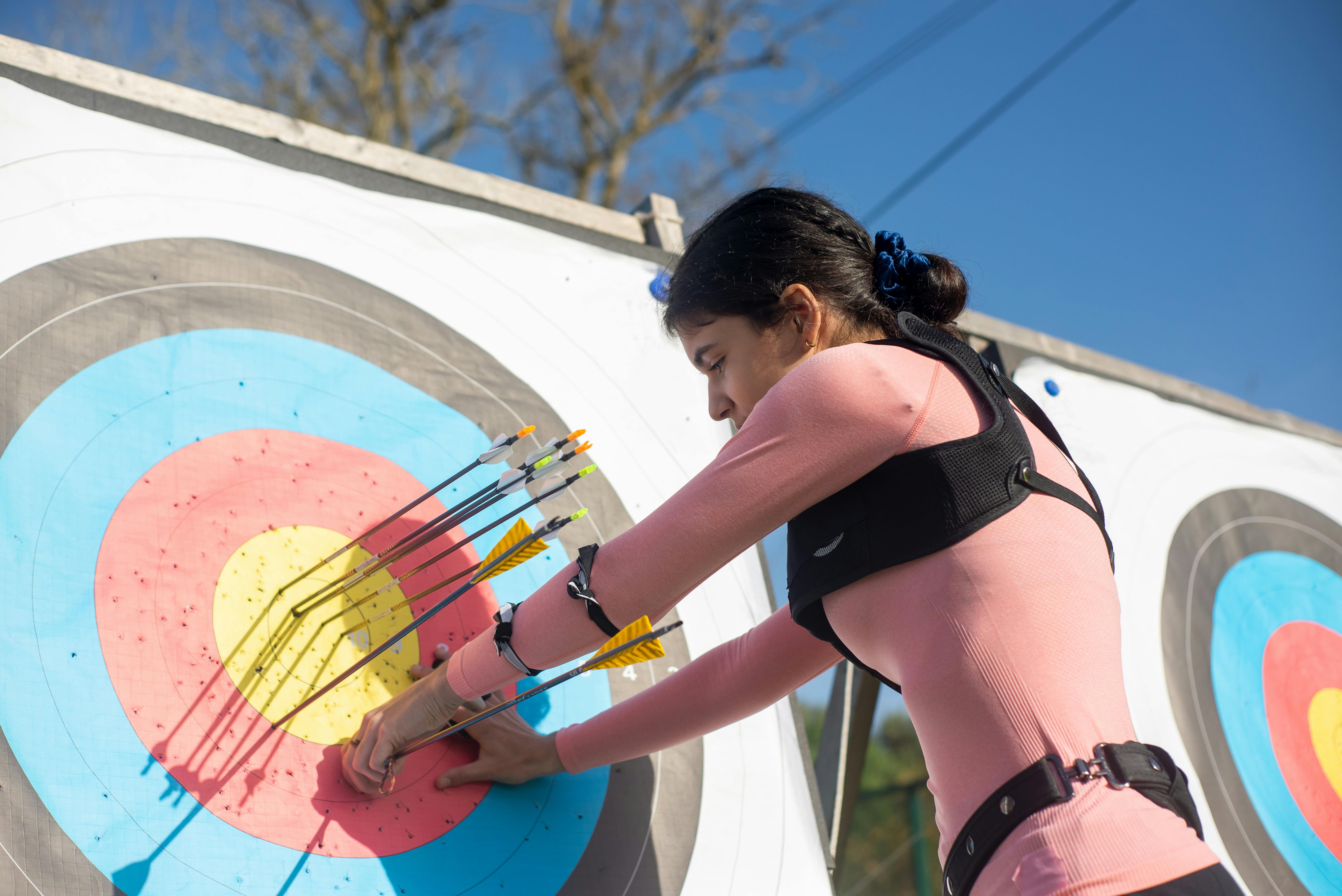Being born with a congenital deformity can be devastating. As a parent, you may have a hard time understanding why, how, and what should be done. It is incomprehensible to allow your child to suffer or struggle and you should not have to sit back and be helpless. When Charles Woodson was born with a clubfoot, his parents probably never imagined that their son born with a foot deformity would one day be a successful soccer player. Clubfoot is a congenital deformity of the foot that occurs in approximately 1 in 1,000 births and is twice as common in boys as in girls.
Clubfoot can be identified at birth and the foot will have the appearance of turning inward. The medical name for the deformity is Talipes Equinovarus. The exact cause of clubfoot is still widely debated and unknown. No genetic component has been discovered, but statistics show that children whose parents or siblings have clubfoot are twice as likely to be born with clubfoot.
The child does not experience any pain, but if left untreated, the child’s ability to ambulate in the future is severely limited. Disability would be inevitable. Treatment protocols have been debated for the past 25 years. The current standard of treatment involves a series of casts beginning shortly after birth. This method of treatment is known as the Ponsseti technique. The cast is changed weekly by a trained doctor and a series of manipulations and stretches are performed. Casting can take as little as 4 weeks, but the amount of time needed to correct the deformity depends on the complexity of the deformity. Most children also need to have their Achilles tendon lengthened, a minor procedure performed through a minimal incision. After correction of the deformity, the child will need a series of orthotics to help maintain the correction. Less than 20 percent of children treated with a cast will need surgery in the future to correct any residual deformity.
Although the child must wear orthotics and continue foot care until age four, the deformity and treatment have little effect on the child’s development. By the time patients are preparing to ambulate, braces are used minimally, primarily while the child is asleep. Most children have a normal childhood with few, if any, limitations. Often the only residual defect is a clubfoot which is slightly smaller in size than the normal foot. If treatment is delayed, children may be subject to more invasive surgery and longer recovery times, but surgical procedures for clubfoot have been well studied and discussed in the literature with good results.
From clubfoot to athlete, there have been many professions that were born with the congenital deformity and grew up to become successful athletes. Charles Woodson is a Super Bowl champion. Kristi Yamaguchi is a gold medal figure skater. From MVP baseball players to star football players, people born with clubfoot have been shown to outgrow their congenital deformities.

